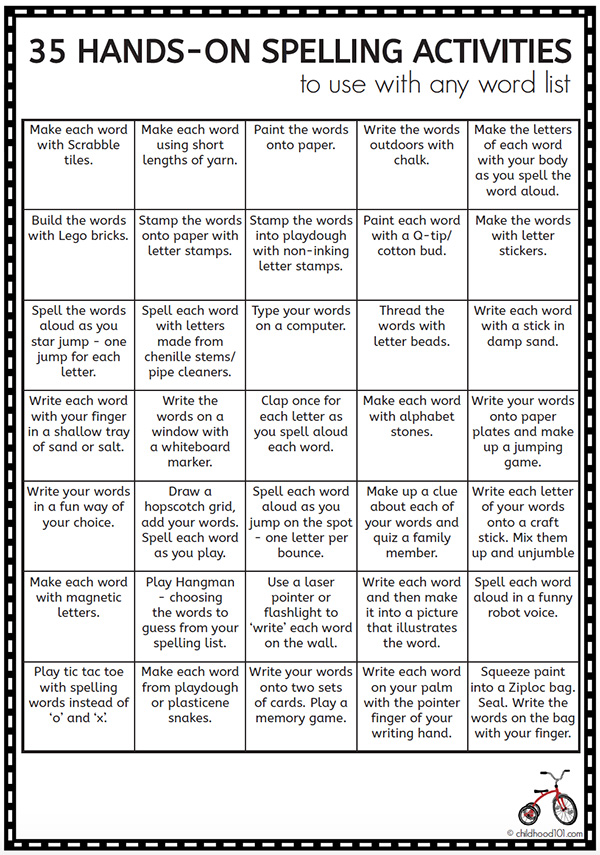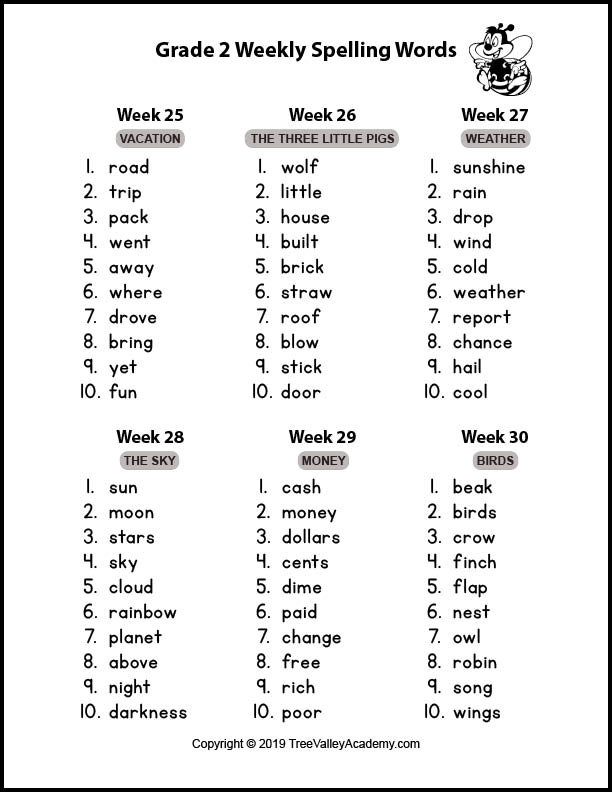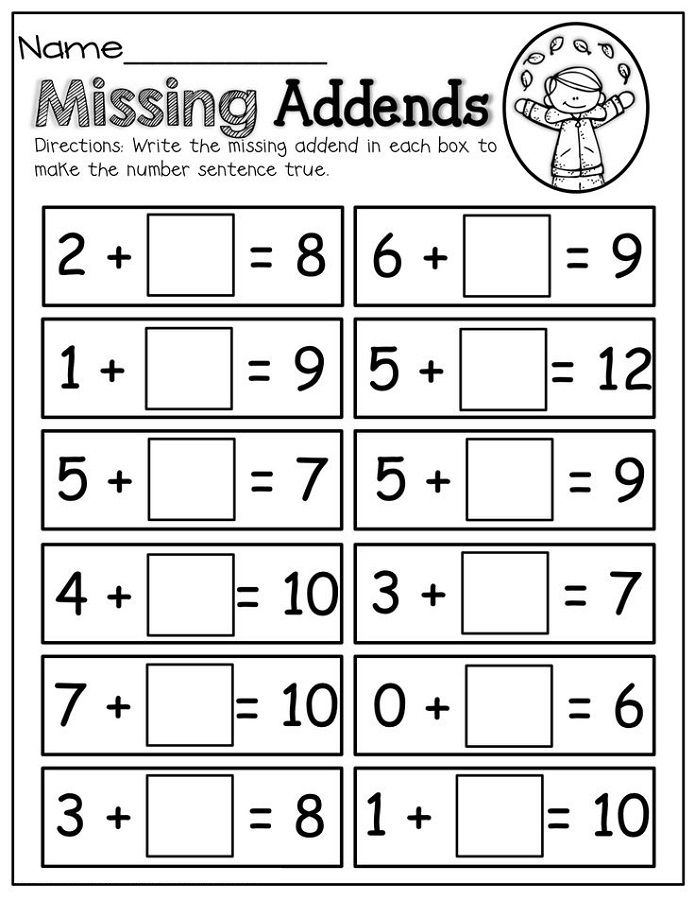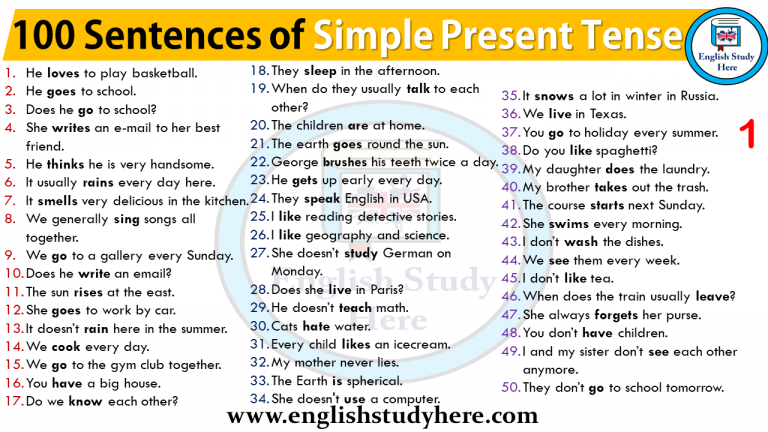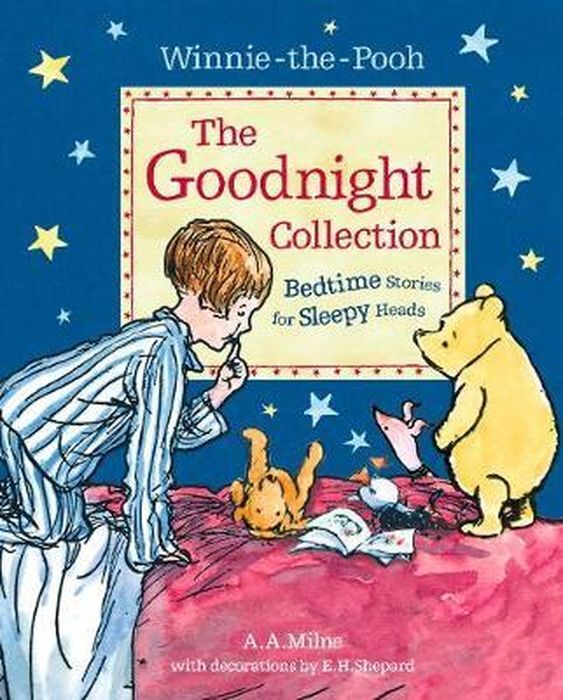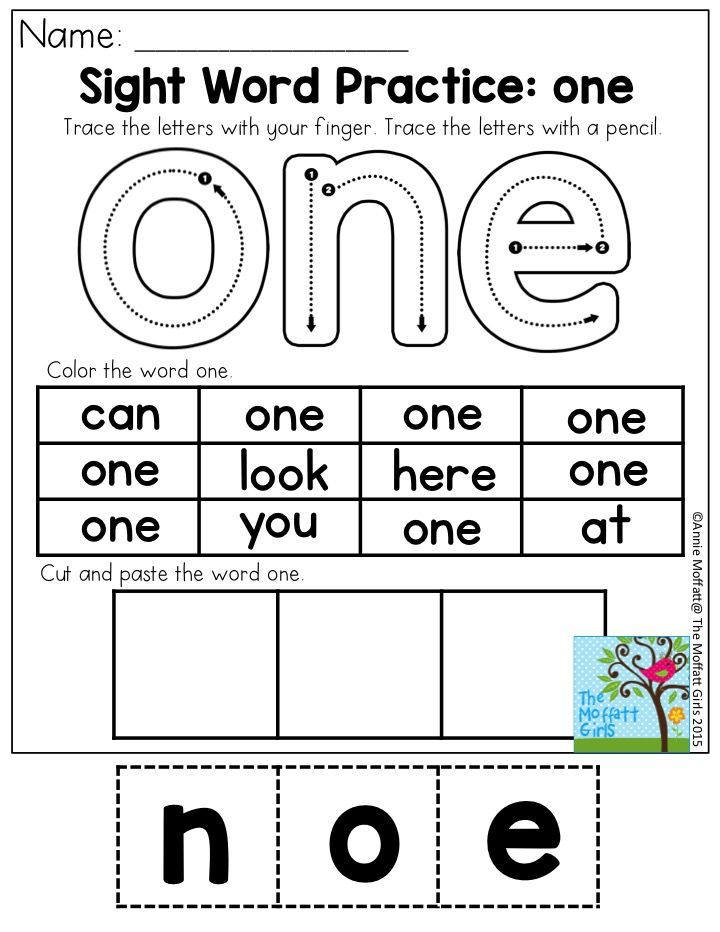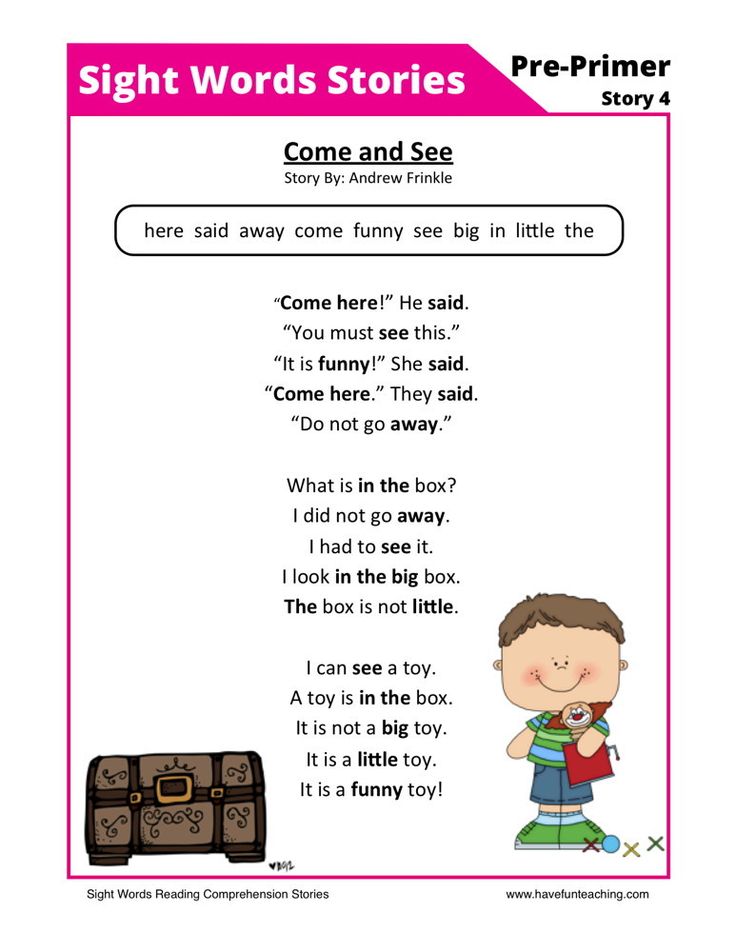How to make spelling words fun
7 Ideas for making spelling fun and effective
Spelling is one of those subjects that most children and adults associate with rote learning. In a classroom context, it typically involves reciting words in front of the class, writing on the board, spelling bees and weekly quizzes. But hands-on games are a great way to move beyond repetitive drills and memorization, so kids can have fun and learn to spell at the same time.
If students are focused on achieving a goal, such as helping their team win, they may be more motivated to engage with the material and are more likely to learn a word’s spelling incidentally.
That’s because the more you hear, see, and use a word, the more active it becomes in memory. Spelling outside of the classroom doesn’t have to be boring either. Homework is often workbook-based, yet creative and multi-sensory activities make for fun projects that can entertain kids and help them spell. And it's a lot of fun to get outside and learn on the go too!
There are words on menus, street signs, film posters, and even t-shirts. Language is all around us and once kids start to pay attention to what’s in their environment, they are more likely to pick up on correct spelling patterns from repeat exposure.
Self-esteem and confidence
When a child associates learning how to spell with positive experiences, it helps to encourage him or her in spelling as well as in reading and writing. This is particularly important for students who may have to work harder than their peers to master literacy skills, such as children who have a specific learning difference like dyslexia, dysgraphia or ADD/ADHD.
These students can easily become discouraged when they receive low grades for spelling. Worse still, they may begin to think poorly of themselves and their intellectual abilities. This is especially tragic given spelling ability has nothing to do with intelligence. That’s why it’s so important to help every learner find the coping strategies and accommodations that will work for him or her.
Multi-sensory learning is a recommended teaching approach because it involves making use of diverse sensory channels to reinforce material in memory.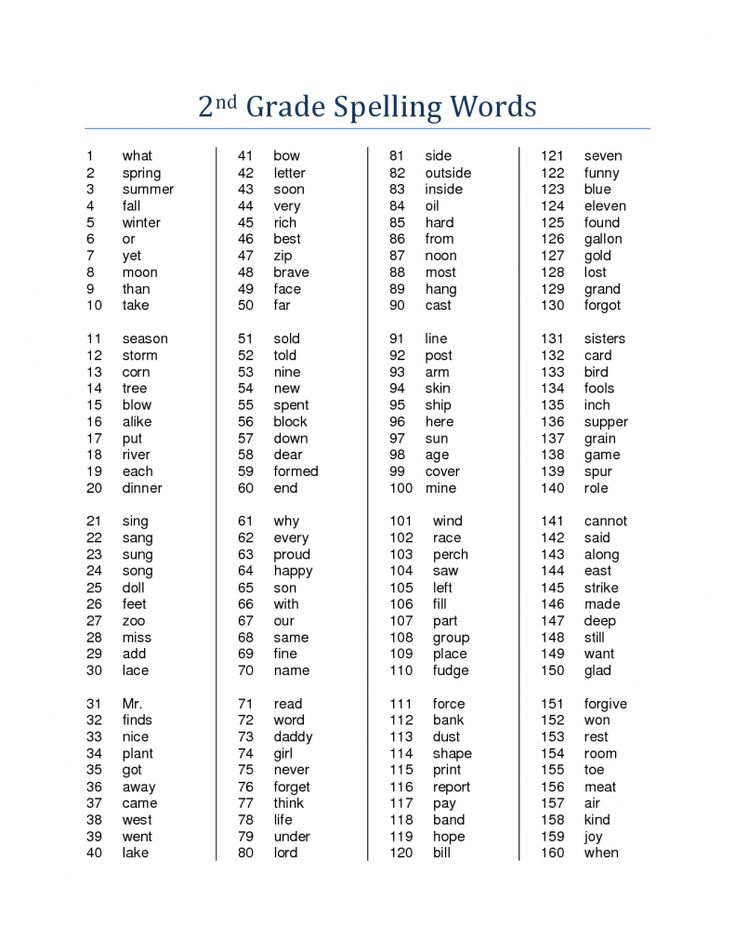 In some cases, learning to type may be suggested because there is less distraction from letter formation and spelling is encoded as a series of key strokes. Learn more about touch-typing for children with dyslexia and spelling strategies for kids who have dyslexia in these posts.
In some cases, learning to type may be suggested because there is less distraction from letter formation and spelling is encoded as a series of key strokes. Learn more about touch-typing for children with dyslexia and spelling strategies for kids who have dyslexia in these posts.
How spelling works
Once we learn how to spell a word, it’s mostly something we do automatically, without thinking about the letters we need or the order they need to come in. But for this to happen, we first have to build up experience with a word in reading and be able to understand how the sounds in its spoken form map to English letters.
Also keep in mind English spelling is no easy task given the amount of irregularity in our language and the fact that there are almost twice as many sounds as letters. This means you can’t always know how to write a word if you haven't seen its written form before. Learn more in these posts: Help! I can’t spell, The hardest English words to spell, Fun ideas for teaching kids spelling
7 Tips for making spelling fun
- Play games that encourage learning.
 Games are one of the best tools for motivating kids to learn because they are aimed at promoting fun. Learning might occur as a by-product or it might be the object of the game. Some games are educational, such as spelling oriented apps, whereas others, like Scrabble are just about making words out of a chance handful of letter tiles and trying to score the most points. One of the fun things about playing games that involve other participants, such as hangman where kids have to guess at the letters that make up a word, is you’ll also learn from the correct or incorrect responses others give. I spy something beginning with __ is a great way to start with simple first sounds. For more games consider electronic app versions of Wheel of Fortune, letter searches, or typing games.
Games are one of the best tools for motivating kids to learn because they are aimed at promoting fun. Learning might occur as a by-product or it might be the object of the game. Some games are educational, such as spelling oriented apps, whereas others, like Scrabble are just about making words out of a chance handful of letter tiles and trying to score the most points. One of the fun things about playing games that involve other participants, such as hangman where kids have to guess at the letters that make up a word, is you’ll also learn from the correct or incorrect responses others give. I spy something beginning with __ is a great way to start with simple first sounds. For more games consider electronic app versions of Wheel of Fortune, letter searches, or typing games.
- Build things to add a tactile element.
You might want to get some wooden blocks with letters on them and build towers that spell out words. Alternatively, you could use Legos to build letter shapes.
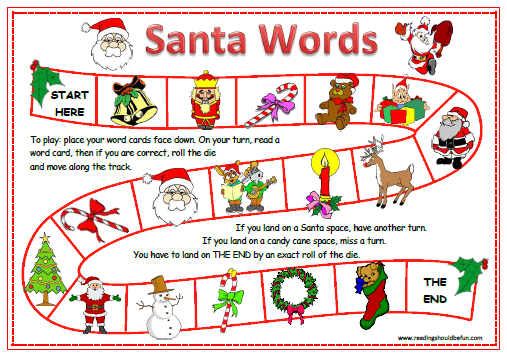 Play-doh is an excellent toy for practicing spelling. Start by rolling several pieces into long snake like tubes and then cut and combine them to form fun letters and words. If you have a classroom of kids who like to get up and move around, you might try having them arrange their bodies to create letters and spell out words as a group. Get creative when it comes to how you form letter shapes - even several pairs of chopsticks can be turned into a learning tool. If you can get a hold of some beads with letters on them, it can also be fun to string words together and then wear them as a bracelet or necklace.
Play-doh is an excellent toy for practicing spelling. Start by rolling several pieces into long snake like tubes and then cut and combine them to form fun letters and words. If you have a classroom of kids who like to get up and move around, you might try having them arrange their bodies to create letters and spell out words as a group. Get creative when it comes to how you form letter shapes - even several pairs of chopsticks can be turned into a learning tool. If you can get a hold of some beads with letters on them, it can also be fun to string words together and then wear them as a bracelet or necklace.
- Find new ways of writing. Have you ever spelled a word out with glue and then sprinkled some glitter on top? Try writing in ketchup or mustard next time you have a hot dog for lunch. Tracing words in the air, writing on an Etch-A-Sketch, using a stick to draw in the dirt, or putting a word on a car window after it’s been raining, all of these activities provide kids with tactile sensory feedback to help them remember spelling.
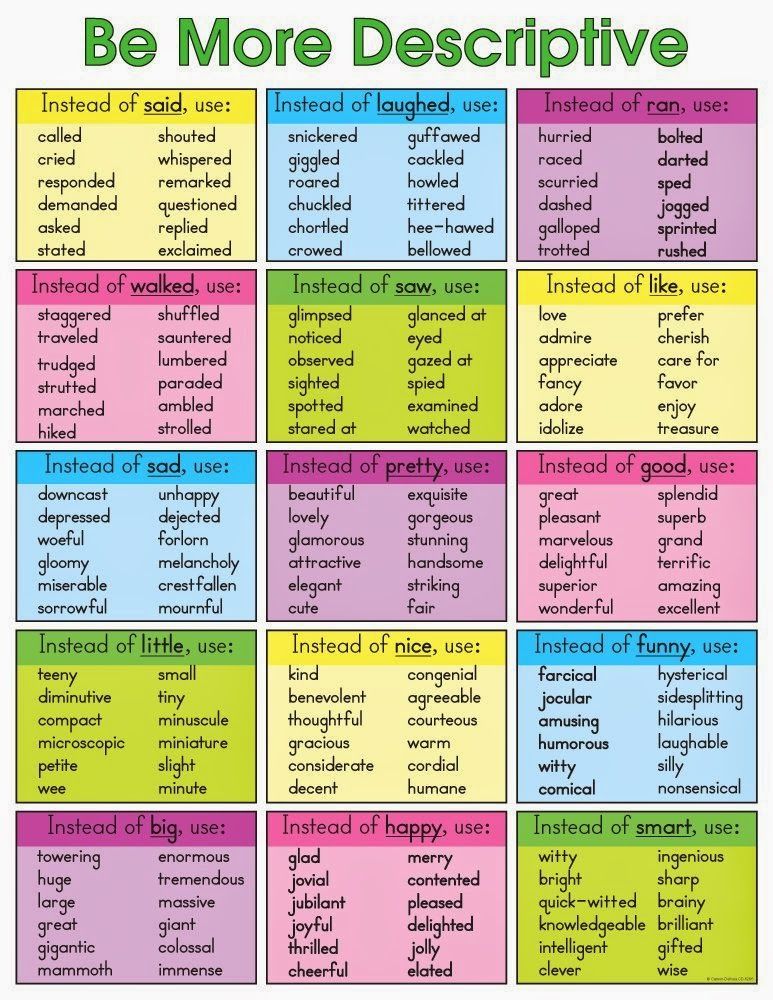 Lots of fun can be had when you create a hopscotch court out of letters and have kids jump in different patterns to spell words. How about fishing out some letters from alphabet soup and lining them up on a plate, or using stamps to create words one letter at a time?
Lots of fun can be had when you create a hopscotch court out of letters and have kids jump in different patterns to spell words. How about fishing out some letters from alphabet soup and lining them up on a plate, or using stamps to create words one letter at a time?
- Use visuals to boost short-term memory. Don’t just write in pen or pencil, use brightly colored crayons, markers and chalk too. Have kids write each letter in a different color to create a sentence that’s as colorful as a rainbow. Writing that’s visually stimulating can also serve as a memory aid, particularly when you put a letter that is often missed out in a different color. Make collages out of letters cut out of magazines and assemble them to form words. Look for letters of different shapes, in different sizes and in different colors and combine them in new ways. Take pictures of objects or collections of objects that represent ideas and label them. Turn words into shapes to help you remember them.
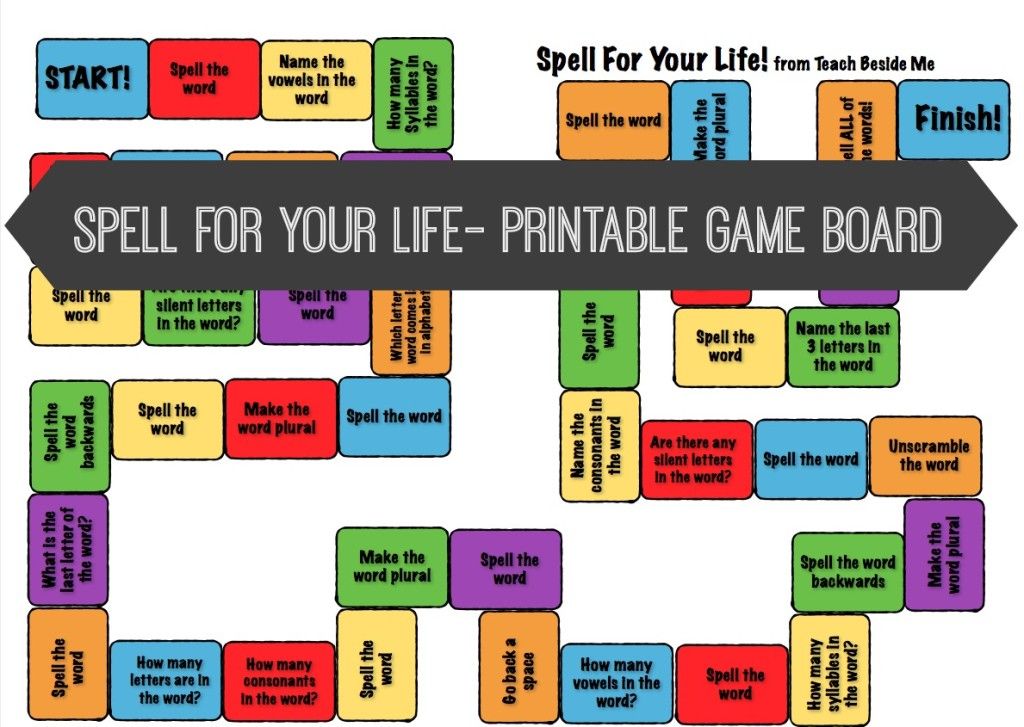 Trace letter shapes on paper and then color them in with different patterned designs, or sit down to type on the computer and then create a collage of the same word written in different fonts, colors, and sizes. TOP TIP: To get even more out of an exercise you need repetition. You might have a learner type a word 100 times and then print out their creation and use it for wrapping paper. Write a word out on some tape and create a fun ticker-tape ribbon to match!
Trace letter shapes on paper and then color them in with different patterned designs, or sit down to type on the computer and then create a collage of the same word written in different fonts, colors, and sizes. TOP TIP: To get even more out of an exercise you need repetition. You might have a learner type a word 100 times and then print out their creation and use it for wrapping paper. Write a word out on some tape and create a fun ticker-tape ribbon to match!
- Incorporate sounds to help auditory learners. Write your own songs in which you chant out the letters that make up a word, accompanied by a tune. Rhythm and beats can help you commit a word to memory. Rehearsing a song is also a great way to check you have the spelling right when you get stuck. For added fun, try creating some games where learners have to spell out loud in different voices, for example high and low, shouts and whispers, excited and sad. You might also decide to host spelling bee games.
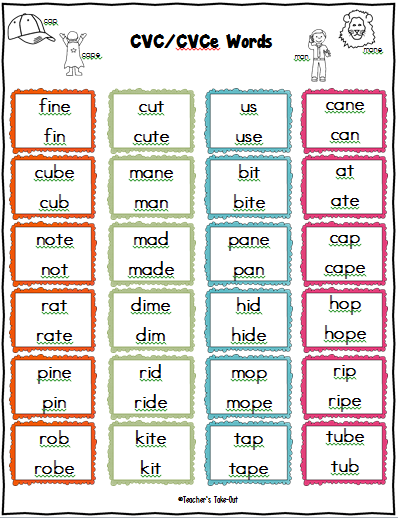 Have kids develop their own word lists with easy and hard items that they give out to their classmates.
Have kids develop their own word lists with easy and hard items that they give out to their classmates.
- Make connections to the people and things kids care about. Take photographs of friends, family and familiar places and spell names out to label them. Make a list of the activities or things that mean the most to a child and then practice learning how to spell these words. It’s easier to remember something that is meaningful to you and having their own personal spelling list can give kids a much needed confidence boost if they are struggling. Some fun games you can try include collecting postcards from places children enjoy going to (black out any place names written on the front with a marker or sticker) and then have them choose a card from the stack and write the name on the board. You might also pick up a few catalogues or advertisements from stores kids like to shop at then cover up words with blank stickers or pieces of tape and have them go back in and label them.
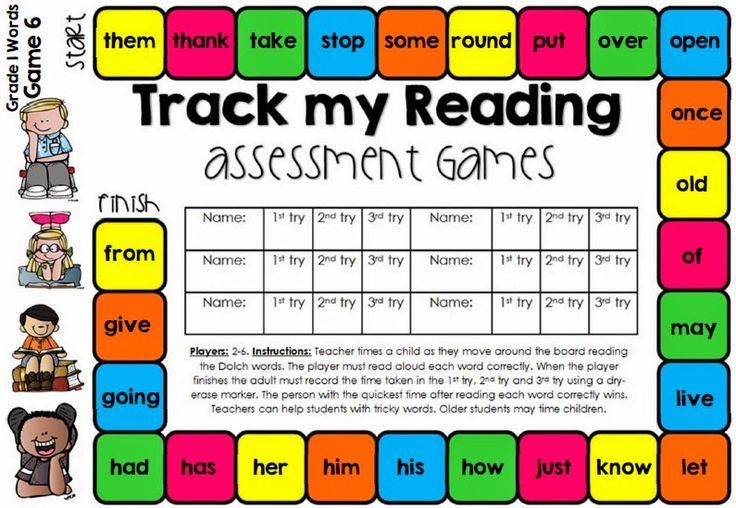
- Get outside and engage spelling skills in your home environment. Reading doesn’t have to be confined to books and magazines. Words are everywhere just waiting to be discovered. Try going to the supermarket. Find a child’s favorite food, spell it in a notebook, then check the label to see if they’ve gotten it correct. Turn this into a game by giving out star stickers for every word they get right. Go on a graffiti tour in the city and try to make sense of all of the letters and words you find, then recreate the designs on paper. It’s fun to go on a word scavenger hunt in a mall or busy public place and keep a journal where you collect unusual spellings, or take pictures and make a spelling wall at home!
Common challenges in English
Spelling words the way they soundIn theory, alphabetic writing represents speech because each sound corresponds to a letter or combination of letters, but this isn’t how English works.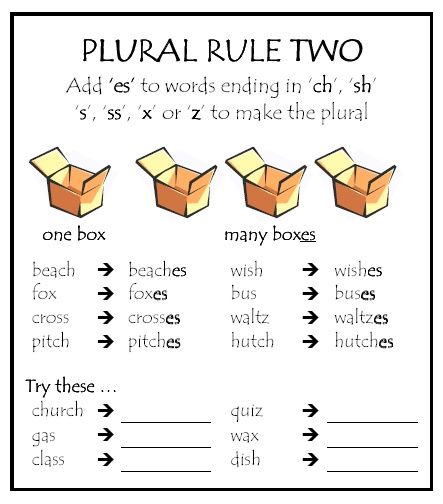 That’s because there are far more sounds than letters of the alphabet, which means the same letter can be used to represent different sounds. There’s also more than one way to write a sound, so when you spell a word phonetically you may not get it right. However, there’s no harm in starting with a phonics based approach and learning the exceptions to the rules as you go. Read more spelling tips.
That’s because there are far more sounds than letters of the alphabet, which means the same letter can be used to represent different sounds. There’s also more than one way to write a sound, so when you spell a word phonetically you may not get it right. However, there’s no harm in starting with a phonics based approach and learning the exceptions to the rules as you go. Read more spelling tips.
Some words are harder to spell than others. Many kids find common service words like the, an, their, and when are the most difficult to spell because they are harder to associate with an image or a rhyme that can be used to remember them. Learn more about service words and how to teach them.
Difficulty with proper nounsIt might be particularly tricky to spell proper nouns in English, which often come from different languages and cultures where the consonant clusters and permissible vowel combinations differ.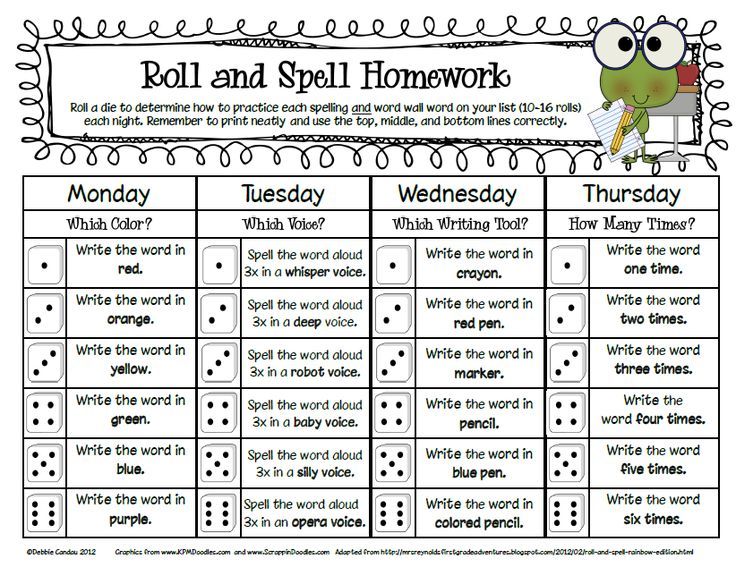 This is further complicated when the name’s pronunciation has been anglicized and no longer goes with the spelling. Proper nouns include street and place names, people’s names, and even product and company names.
This is further complicated when the name’s pronunciation has been anglicized and no longer goes with the spelling. Proper nouns include street and place names, people’s names, and even product and company names.
Spelling is procedural knowledge, something we do automatically which becomes more ingrained the more we write a word. This also means if you write a word incorrectly more than once you can accidentally automatize the incorrect spelling. In the case of fossilized errors, try writing the correct version multiple times until it overwrites the mistake in memory, or employ a mnemonic device to re-encode the word using mental imagery and rhymes.
Spelling a word inconsistentlyWhile everyone makes spelling mistakes from time to time, some people may spell a word correctly one day and not the next. This can be frustrating for the individual whose skills may not seem to improve no matter how much they practice.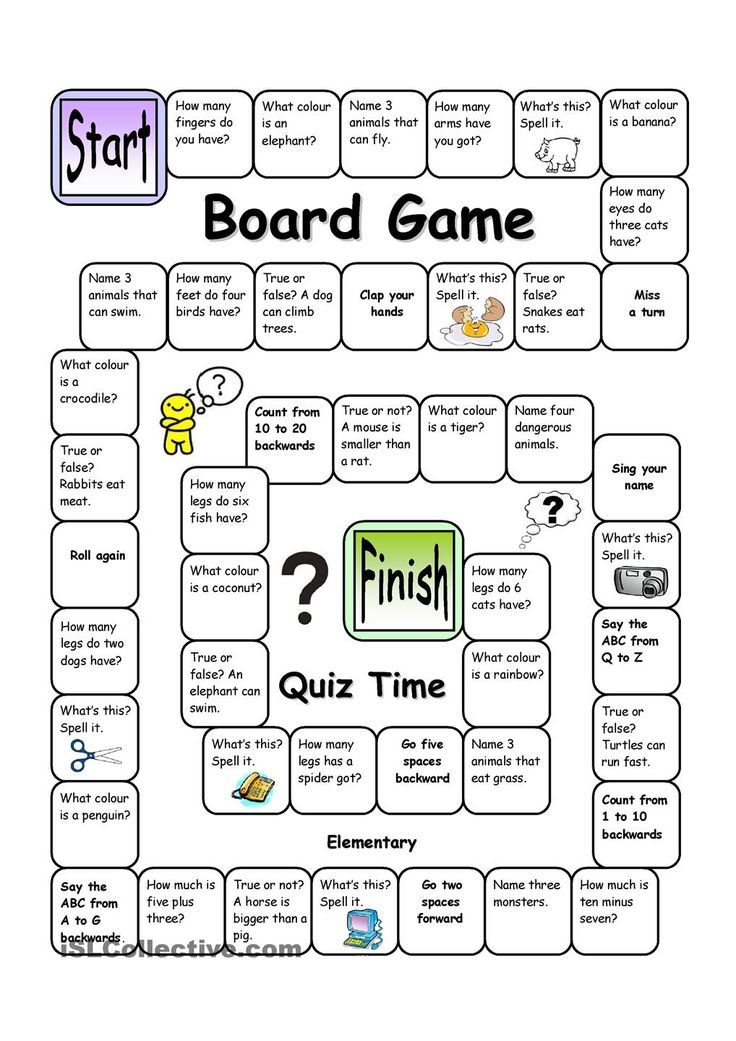 Inconsistent spelling skills tend to be associated with dyslexia. Learn more in these posts: Am I dyslexic? How to identify dyslexia in three easy steps.
Inconsistent spelling skills tend to be associated with dyslexia. Learn more in these posts: Am I dyslexic? How to identify dyslexia in three easy steps.
Making it fun and effective
Sometimes adolescents and older learners find it hard to get into some of the more child-oriented activities. In these cases you may need to adapt techniques to suit the individual. What is a student passionate about? If it’s sports, try reading news articles about their favorite team, highlighting key vocabulary and creating spelling lists that deal with sports reporting. For adults who enjoy mental challenges, how about taking a look at crossword puzzles or signing up to play Words with Friends online.
Touch-type Read and Spell
If a student likes to research on the computer, you may consider a touch-typing course that helps with spelling and keyboarding at the same time. Touch-type Read and Spell takes a multi-sensory and phonics-based approach to typing, so users practice words in a particular sequence that reinforces their knowledge of English phonics.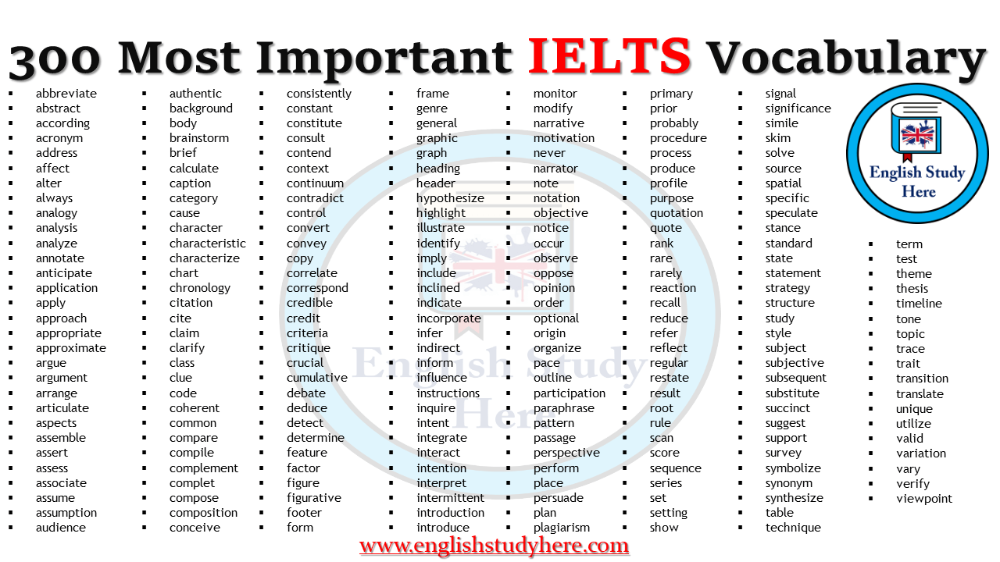
The course is broken down into small modules, so students can build momentum and gain confidence as they go. In TTRS you see the word, hear it and type it, helping to encode and automatize spelling as a series of keystrokes.
Learn more
Many home-school families use TTRS as part of their school day and it’s also a popular solution for children and adults who struggle with handwriting and need additional practice outside of the classroom or office. Get in touch with our team if you have any questions, we’d love to hear from you!
Quick Tips
- Play games like Scrabble, Hangman, and Wheel of Fortune.
- Build towers out of letter blocks, write words with Legos or use Play-doh to practice spelling skills.
- Write words using brightly colored markers or trace them in the sand, dirt or sky.
- Incorporate imagery to pair visuals of a word’s written form with its meaning.
- Create songs that help encode the sequence of letters in hard to spell words.
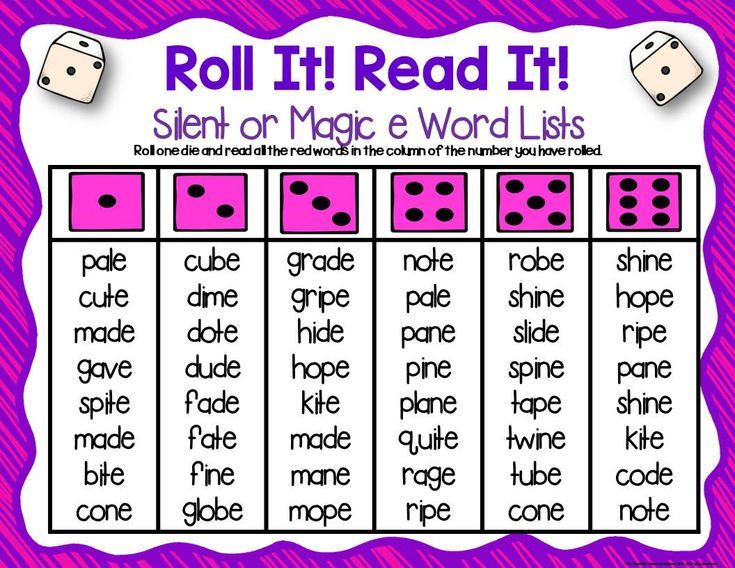 Use rhythm and beat to boost learning.
Use rhythm and beat to boost learning. - Make connections to a student's life and practice spelling people, place and object names.
- Get out of the classroom and explore language in the environment. Make learning how to spell fun and relevant.
Making Spelling Fun! 20 Fun Spelling Activities For Kids
Spelling is one of those subjects we dread to teach, and making spelling fun is an ongoing battle. It is so hard to make learning spellings fun, and the truth of the matter is, the only real way to learn English spellings is by writing the word out lots and lots of times. In fact, studies show that children need to write out a word in their independent work about 10-15 times before they learn it’s spelling off by heart. Some children might need less, but some children will need more – a lot more.
A common misconception amongst parents is that once a child has managed to spell a word correctly once or twice, that’s it, they know it for life. I have seen some very frustrated and anxious homeschooling parents – ‘I taught my child that spelling a few weeks ago and they keep getting it wrong’. Parents who helped their children learn their weekly spellings for a test would be amazed when, a week later, a perfect score was not attained.
Parents who helped their children learn their weekly spellings for a test would be amazed when, a week later, a perfect score was not attained.
Retaining ten new spellings a week is ambitious at best. They might well get 10/10 on their test, and two weeks later when their heads are full of the new spellings they now have to learn, those old ones will be completely forgotten. Spelling tests aren’t without purpose – they teach children self-motivation and encourage independent work. There’s also a good chance they’ll retain one or two of the spellings along the way. But it would be unfair to judge your child’s spelling ability by them.
How then, can you help support your children with their spellings?
Making spelling funAs an Amazon Associate, we earn from qualifying purchases. We also earn from other affiliate programs. This means we may receive a small commission on products purchased through our links at no extra cost to you. Thanks so much for your support.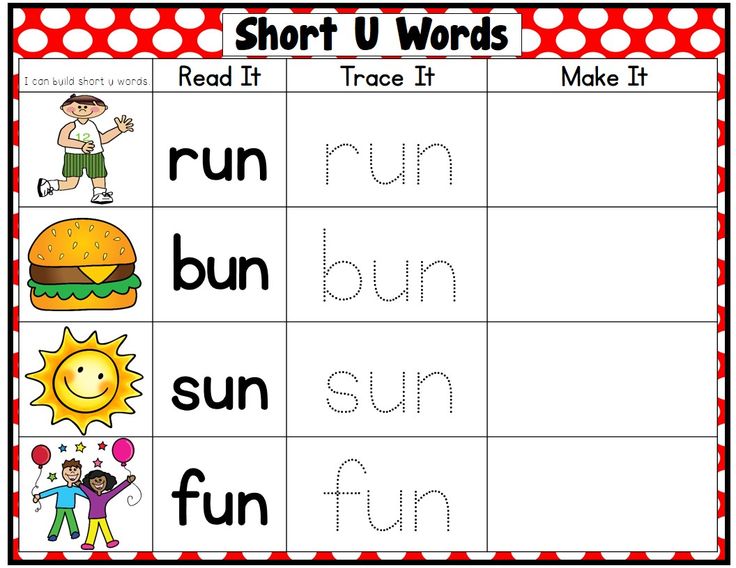
A Few Facts About English Spelling
English spelling has more exceptions than rules. It is actually quite unfair that your child has to grow up learning English, as in other languages you are able to read and spell as soon as you learn the phonetic alphabet. In English, the phonetic alphabet will let your read less than a half of all words. On the flip side, learning phonics will help your child to read half of all words. But still, you get the point, it ain’t easy. Take the sound ‘ough’ for example. It can be pronounced in ten different ways.
– cough
– rough
– lough
– plough
– through
– slough
– though
– hiccough
– bought
– thorough
There are 44 distinct ‘sounds’ in English, but over 1,110 ways to spell them. No other language can boast this! The English language has many, many different roots, which is why it is so complex. It has a fascinating history that reflects our past. That doesn’t particularly help children to learn to spell, but it can help us appreciate why it’s such a tricky subject and why we should be especially patient with kids when they’re learning to navigate this diverse language!
How To Teach Spelling
A few of the methods we can try to teach our kids to spellWith this in mind, you should now understand why your child might well be struggling with their spellings. It’s no wonder that it’s such a tricky subject to teach. This section is designed to explain a little about some of the different methods of teaching spellings (but by no means all!), and some advice to help you navigate such a difficult subject. If you’re just after some fun spelling activities to try out then skip out this ‘theory’ section and move straight on to the fun spelling activities!
It’s no wonder that it’s such a tricky subject to teach. This section is designed to explain a little about some of the different methods of teaching spellings (but by no means all!), and some advice to help you navigate such a difficult subject. If you’re just after some fun spelling activities to try out then skip out this ‘theory’ section and move straight on to the fun spelling activities!
Phonics
There are plenty of phonics schemes out there designed to help children with reading and spelling. Phonics are great for helping children to read, and they’re also great for building children’s confidence with their writing. When I first started teaching children were encouraged to ask for every spelling they didn’t know. You can imagine how slow their creative writing was! I had no idea whether a child who struggled with spellings had great vocabulary or a flare for story writing because they constantly had their hand in the air to ask for a spelling. With knowledge of phonics they can write with confidence, sounding out words that can be read even if they aren’t quite spelt correctly!
The problem with using phonics alone is that firstly, they only teach how to spell sounds, but don’t help children to work out which words they should apply the different spelling to.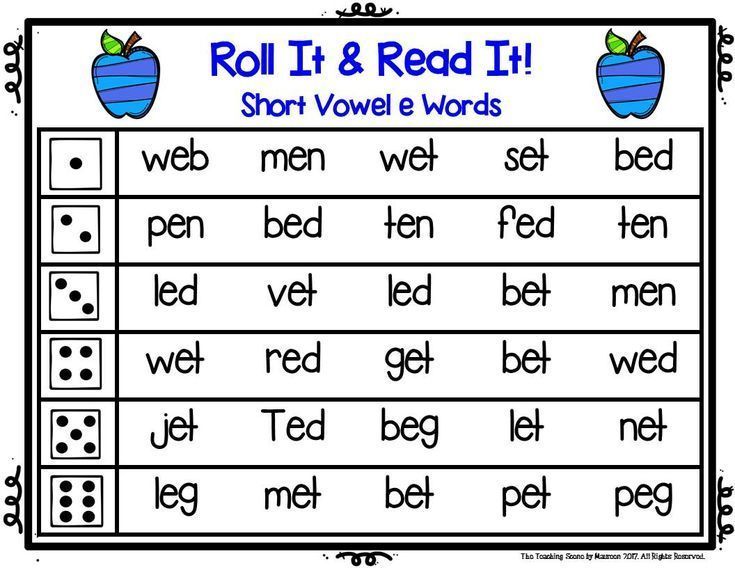 For example, ‘fly’ could be plausibly spelt ‘fligh’, ‘fli’, ‘flye’ and so on! Like I said – great for confidence building but don’t expect the easy ride that a lot of phonic scheme producers will promise! Secondly, like everything in teaching, learning through phonics will suit some children and not others.
For example, ‘fly’ could be plausibly spelt ‘fligh’, ‘fli’, ‘flye’ and so on! Like I said – great for confidence building but don’t expect the easy ride that a lot of phonic scheme producers will promise! Secondly, like everything in teaching, learning through phonics will suit some children and not others.
This being said, having used various methods for teaching spellings I do think phonics are very useful and important. Hopefully your child’s school will have informed you which scheme they’re using, so try to stick to this rather than delving into something completely different. There are so many resources out there that can help, flashcards like these by RWInc are great to help children who learn visually, and have rhymes for those that prefer auditory!
High Frequency Words
High frequency words are some of the most important to be able to spellThese are words that children will probably read and write the most, and therefore great ones to focus on learning first.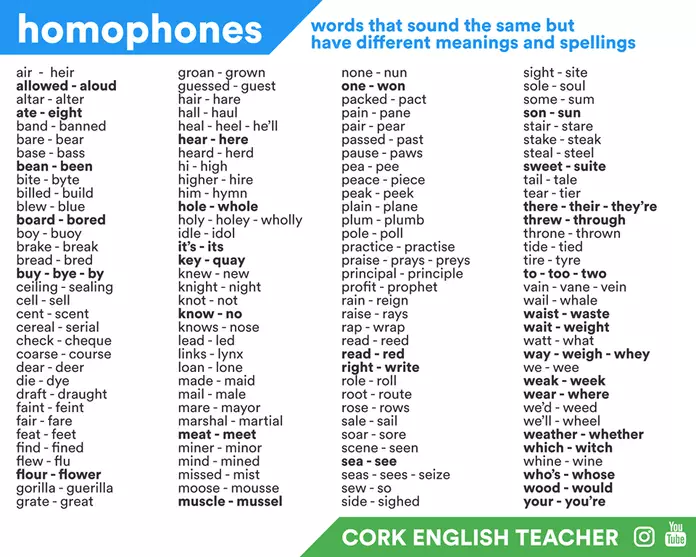 Put ‘high frequency words‘ into google and you’ll bring up a huge list, the first 100, 200 and so on. If you can help your children to spell these words correctly then they won’t be spelling them wrong over and over again every time they write them (which will be frequently!)
Put ‘high frequency words‘ into google and you’ll bring up a huge list, the first 100, 200 and so on. If you can help your children to spell these words correctly then they won’t be spelling them wrong over and over again every time they write them (which will be frequently!)
Mnemonics
Little rhymes and patterns to help children remember tricky spellings are super. Obviously you can’t do this with every word, but if you can identify key words they’re finding really tricky and make up a silly sentence or rhyme to help them remember then this can work really well. An obvious example, and the only reason any of us can spell the word ‘because’, is ‘Big Elephants Can’t Always Use Small Exits’.
Rules
As long as children understand there will be exceptions to the rules (and this won’t frustrate them too much) then we can give them spelling rules to help them learn their spellings. Rules like i before e except after c can serve as a great reminder when we come to write unfamiliar or tricky spellings.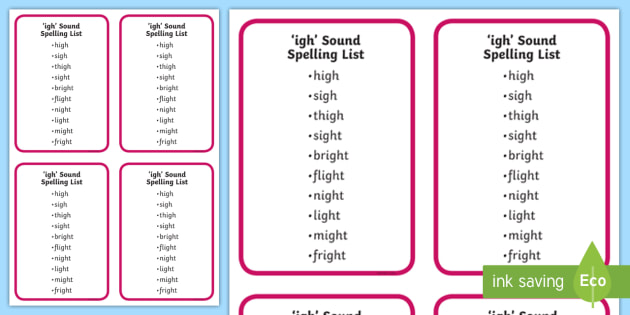
Making Spelling Fun – Activity Ideas
Grab some chalk and take spelling outsideWith all these different techniques in mind, let’s look at some activities we can try to make spelling fun! Modern technology can help a lot – there are numerous great apps and websites that children engage really well with – but I’ve stuck with activities that are a little more creative for those of you wanting something a bit different to try. Remember that spelling via a phone pad or keyboard is a little different to putting pen to paper. I’m not saying better or worse, just a slightly different skill set. Bare this in mind when you’re teaching spellings.
#1 Get Out Your Super Soaker To Make Spelling Fun
Grab a water pistol and write the words on the patio using the spray of the water. Don’t expect too much from their handwriting, and be aware that this may descend into mayhem!
#2 Write It On The Windows
Get yourself a pack of window writing pens and let them write their spellings on the window (I promise they do come off!) Children love doing things they aren’t usually allowed to do, so this has a bit of the naughty factor! It’s hard to write at a funny angle, so the writing might not be the neatest, but it’s still encouraging them to thing about the letters used to make up the words.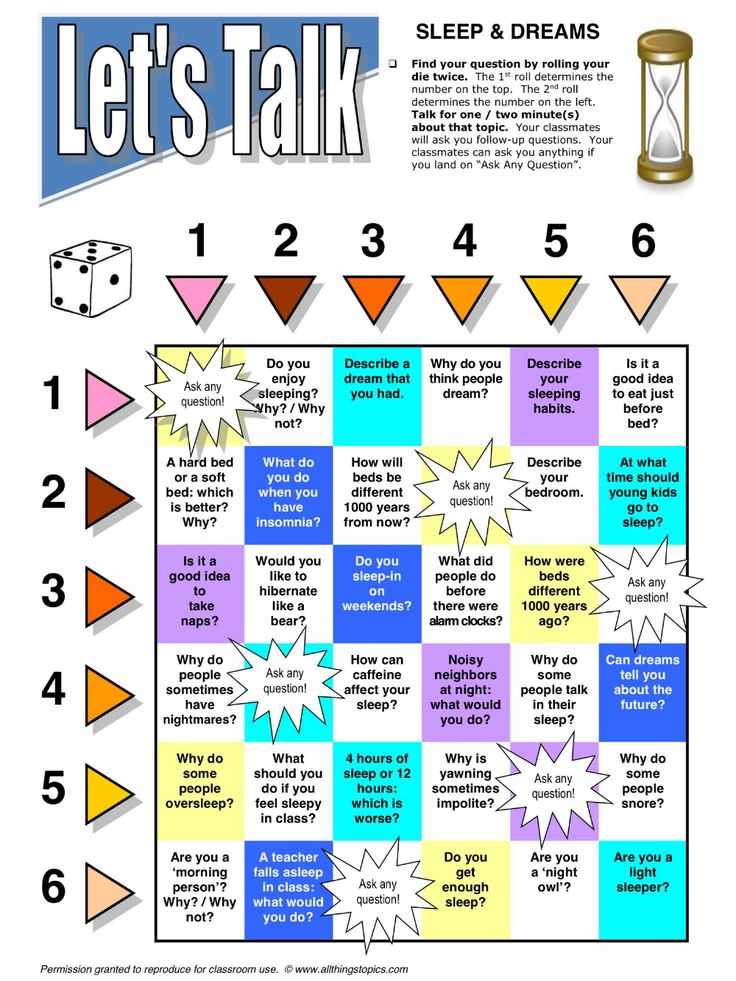
If they’re reluctant then promise them time at the end to draw instead. Get involved and join them for a game of naughts and crosses!
#3 Make A Poster
Get creativeThis takes a little time, so it’s best used with a certain word they’re finding a challenge. Get them to make a poster of the word, either one that just looks pretty or a poster that would help another child learn to spell that word. This works especially well for children who learn more visually, or for children who love being creative. You can even involve paints and collage.
#4 Spelling Games Help With Making Spelling Fun
There are so many different spelling games you can play. When you play spelling games with them make sure you take part too. They’ll know deep down you can spell the words, but they’ll love playing along when you fake getting it wrong sometimes and they’ll enjoy correcting you (which is making them check how it’s spelt!) Below are a few that were always popular with children I tutored.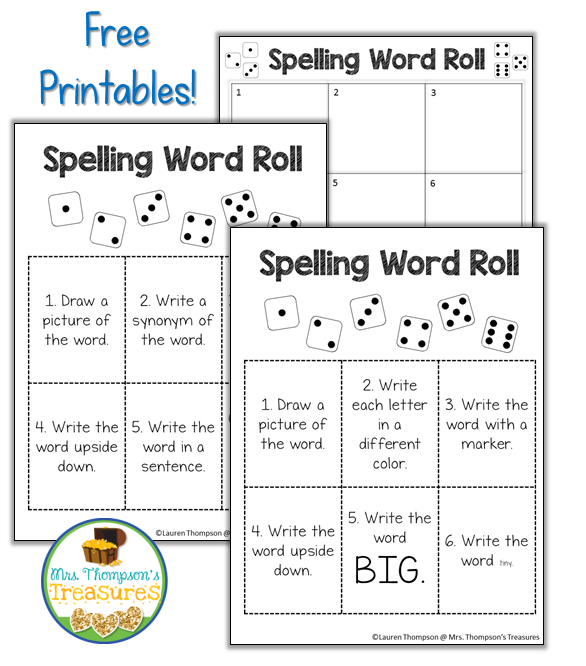
Kings and Queens
Pick a spelling out of a hat and read it to them, they then spell it back. If they get it right they can stand on a chair and be the king or queen, and then they read a spelling to you so you can try and take their crown and so on.
Hangman
Pick from a list of their spellings to make it a little easier for them. They then have to guess the letters before you complete the picture – whether you choose a hangman or not is up to you!
Dice Games
Create two ‘boards’ with 6 numbers on them. You can make them pretty! Then you take turns to roll the dice and give each other a spelling. If you get the spelling right you get a counter on that number. The person with counters on all numbers is the winner.
Shop Bought Spelling Games
Here are a few tried and tested favourites, but there are so many options out there. CVC spelling (CVC meaning consonant, vowel, consonant words like hat or dog) is great for children struggling with sounding out three letter words.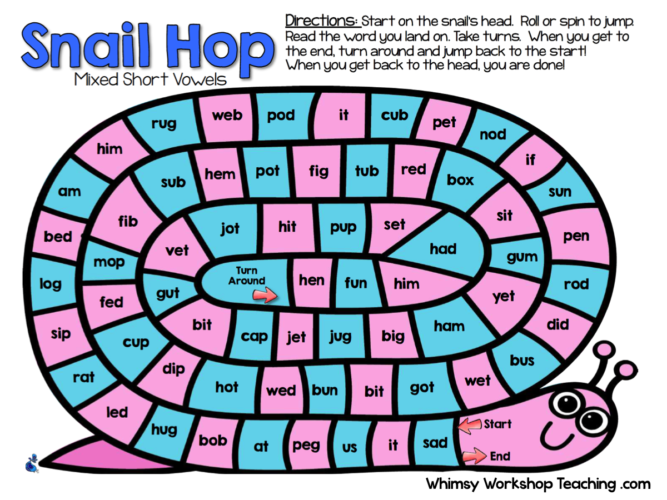 Junior Scrabble is one of my favourites for slightly older kids. To begin with you might want to double up so there’s two on a team and you can give your child a little help, but once they’ve got the hang of it it’s a winner! This game has six games in one pack, all to help improve phonics spellings.
Junior Scrabble is one of my favourites for slightly older kids. To begin with you might want to double up so there’s two on a team and you can give your child a little help, but once they’ve got the hang of it it’s a winner! This game has six games in one pack, all to help improve phonics spellings.
#5 Make Word Jewellery
Order some of these letter bead jewellery kits and trick your kids into practising their spellings! The only problem with them is that they’re capital letters, which isn’t always the easiest for kids to differentiate between. But it’s definitely way more fun than look, cover, write!
Make spelling jewellery to help with making spellings fun#6 Play Classrooms
Get a white board or black board and play classrooms with them. Children love being the teacher, so give them the task of teaching you (the naughty child) their spellings. You’ll be surprised what they come up with!
#7 Magnetic Letters Or Scrabble Letters
Magnetic letters to use on the fridge are a great way to encourage children to spell.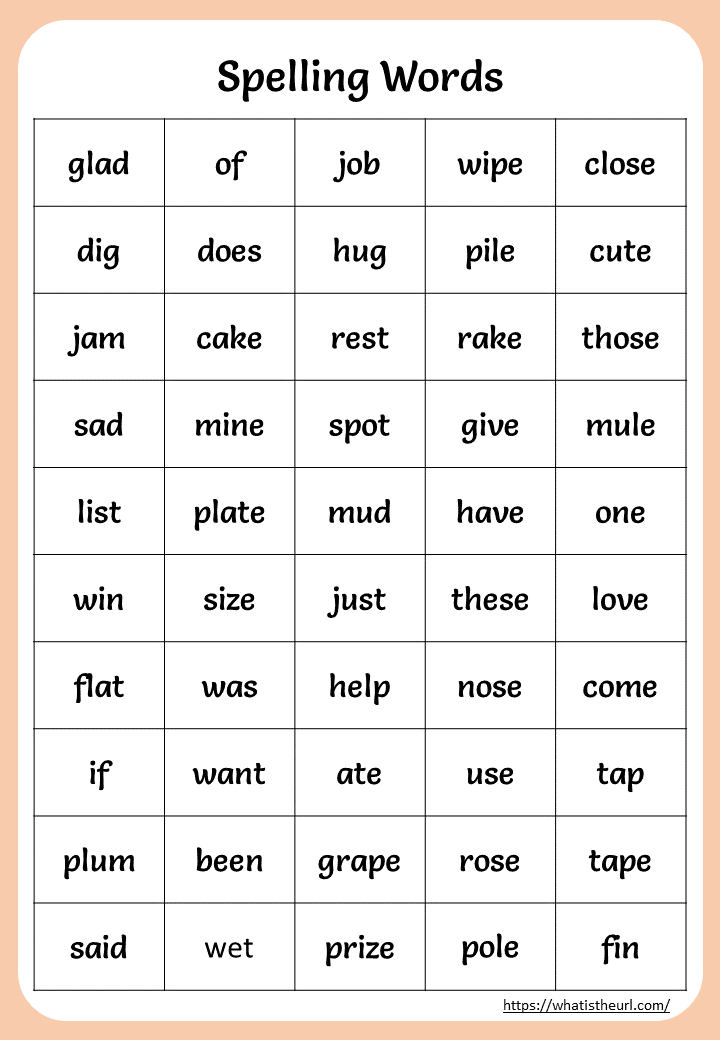 Think about the shape of the letter though, some of the plastic magnetic letters are a little fancy and might confuse some children! Scrabble letters can be more challenging to use because they’re all capitals. They might make a good challenge for more able spellers though. Moving letters around to create words is fun and less permanent than putting them down on paper, so children with lower self-esteem might like spelling out words this way.
Think about the shape of the letter though, some of the plastic magnetic letters are a little fancy and might confuse some children! Scrabble letters can be more challenging to use because they’re all capitals. They might make a good challenge for more able spellers though. Moving letters around to create words is fun and less permanent than putting them down on paper, so children with lower self-esteem might like spelling out words this way.
#8 How Many Times
Create a spelling challenge. Grab a whiteboard and a pen each and see how many times you can write a word in 30 seconds. Explain the word only counts towards their total if it’s spelt correctly and you can read it. And make sure you let them win (sometimes!)
Spelling at night!#9 Make A Spelling Treasure Hunt
Hide the letters to a word they’re learning and get them to find the right letters from around the room. You can hide some letters that aren’t in the word too if you really want to challenge them.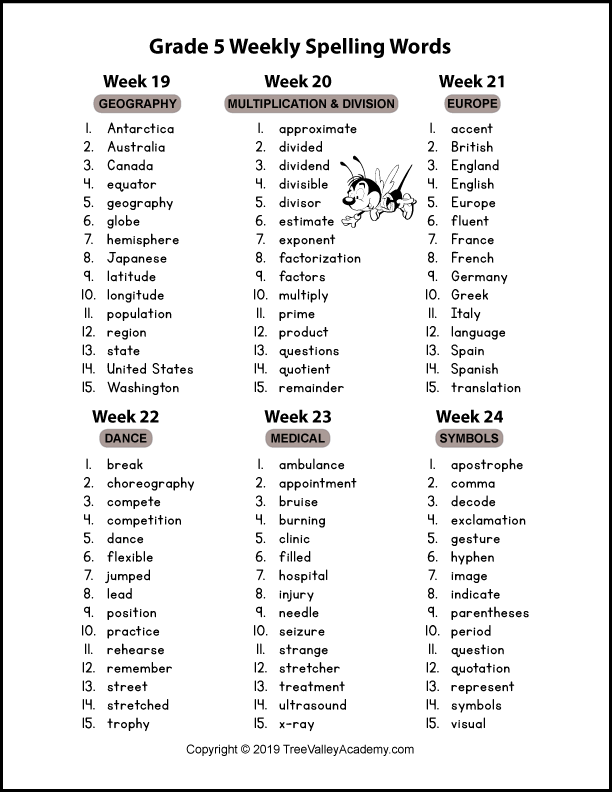
#10 Write It In The Mud To Help Make Spelling Fun
This is a great one to do when you’re out for a dog walk or on holiday on the beach. Just throw a word at them and challenge them to spell it in the mud or sand (they can use a stick or their fingers!) If you want it to stay a fun activity then just one or two words is all you should try, but you’d be amazed how quickly they learn that word if they’re writing it every day.
#11 Reward Them
Create a fun reward system that encourages them to think about the correct spelling before they write a word. You could write out their 5 spellings onto pieces of a jigsaw puzzle and give them one of the pieces every time they spell it correctly (so that they finally end up with the whole puzzle to play with – maybe don’t pick a 100 piece puzzle for this one!) You could use a simple sticker chart with a reward at the end.
#12 Bath Crayons
I don’t really need to explain why these are fun. They’re crayons. And you can use them in the bath. These ones are non-toxic and nice and natural!
These ones are non-toxic and nice and natural!
#13 Make Up A Song Or Rap
If you and/or your child are creative then give them the challenge of making up a song or rap to help them remember how to spell a tricky word. You could even give them a voice recorder so they can record it and play it back! Again, this is great for auditory learners but some kids will find this much harder.
#14 Give Them A Spelling Swatter!
Give them a fly-swatter, or just fold a piece of paper to make a fan like strip that they can use to ‘swat’ any of their spellings they see on a day-to-day basis. When they see one of their spellings (in a book, on a cereal packet, or where ever) they can swat it, and then check it’s spelt correctly. Who knows, they might even find it spelt wrong somewhere!
Swat those spellings!#15 Spaghetti Spelling For Making Spelling Fun
Let them play with their food for a change and do a spelling or two at dinner time. You can do this with a lot of different food, but something like spaghetti would probably be easiest! This is great for letter and number formation too.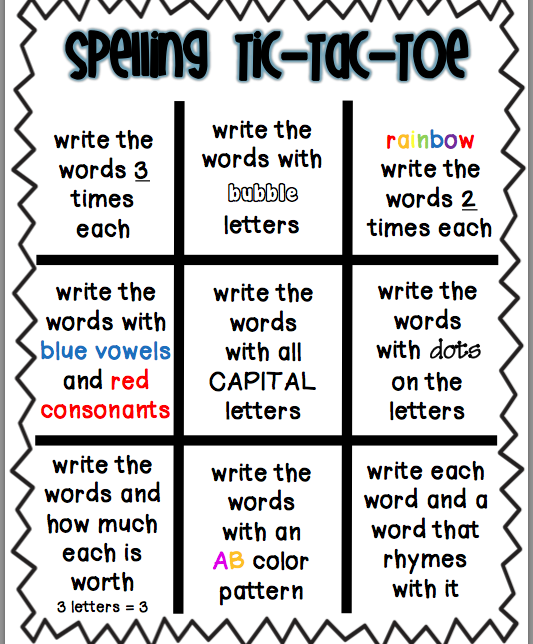
#16 Make a Spelling Word Origami Fortune Teller
You know those things where you pick a colour, and spell it out, and it tells you your fortune!? Well make one with your child’s spellings on it instead. When you pick a word they have to spell it out as they move the origami fortune teller until they can unfold your fortune. Some children find it tricker to spell words out loud because they rely on writing the pattern of the letters together, others will prefer saying them out loud and it will help them learn. A mixture is always best!
#17 Use Sensory Play
Create a ‘spelling tray’ and leave it out somewhere. Try to fill it with something different every few days to encourage them to stick their hands in it and get spelling! Some suggestions are sand, shaving foam, liquid soap, sugar, flour or corn flour mixed with water or play dough or similar that they can squish the word into. Sensory play is great fun for a lot of kids, so doing spellings this way takes the edge off a little, even if it does create a bit more mess than pen to paper.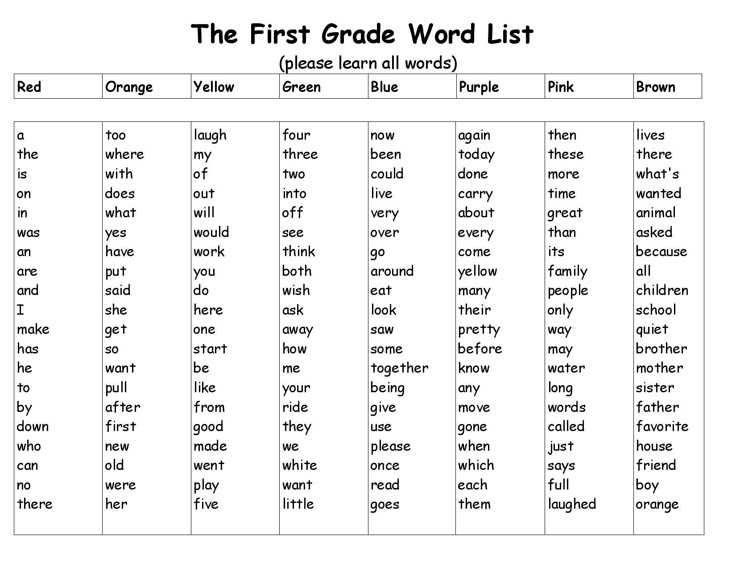
#18 Trace The Words In Rainbow Colors
Make multi-coloured spellings!As I said earlier, it’s thought a child needs to write a word 15 times until they really remember it. This doesn’t mean 15 times over and over again, but the more times that word is written, the more likely it is they’ll remember it. It will be in their muscle memory. Write their spelling out large for them and get them to trace over it in the colours of the rainbow. It will look pretty (or like a big mess) at the end, and they’ll have written out the word over and over!
#19 Highlight Words In A Newspaper
Don’t ask me why, but getting out the highlighters was always a super exciting time in the classroom! Give them a highlighter, or even better, give them several different coloured highlighters, and challenge them to highlight their spelling words in the newspaper. They’ll need to check that the author spelt them correctly as they go!
#20 Roll And Write
Come up with 6 challenges.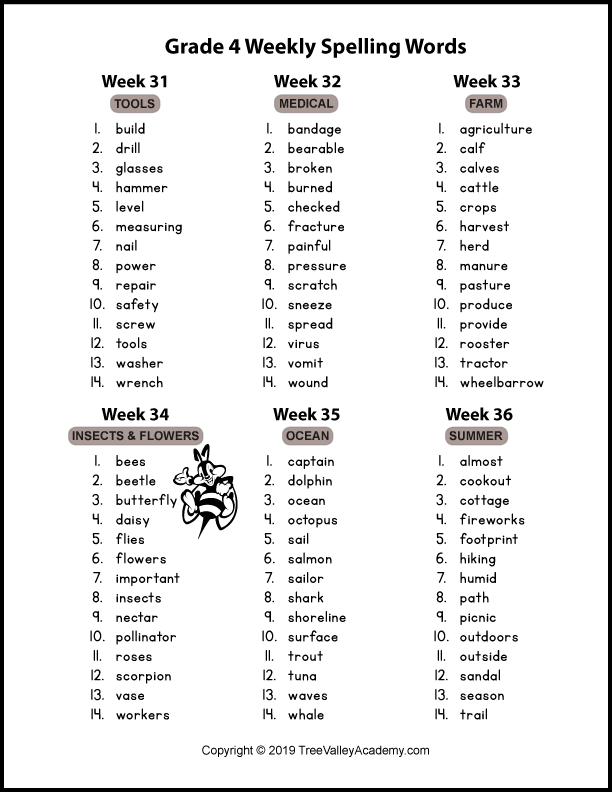 I’ll add some suggestions below. Whatever number your child rolls is the spelling challenge they need to complete! Simple yet effective!
I’ll add some suggestions below. Whatever number your child rolls is the spelling challenge they need to complete! Simple yet effective!
Example
1 – Write the spelling in green (you could continue with 2 – red, 3 – blue and so on)
2 – Write the spelling with the ‘wrong’ hand (left if they’re right handed, right if they’re left handed)
3 – Write the spelling three times
4 – Write the spelling as many times as you can in 20 seconds
5 – Write the spelling in the air
6 – Write the spelling in the air with your nose / elbow / foot
Some Things To Consider
Capitals on keyboards could make spelling trickierOnly Pick Five Spellings
Some children can cope with more, and some children will need less, but use five to start with and see how it goes.
Don’t Correct Every Spelling
Scribbling all over their five page story with spelling corrections is not going to build confidence. It’s tempting to do, but it’s not going to encourage them to write that creatively again! Instead, choose only a few high frequency words to correct and make a note of them to work on in the future.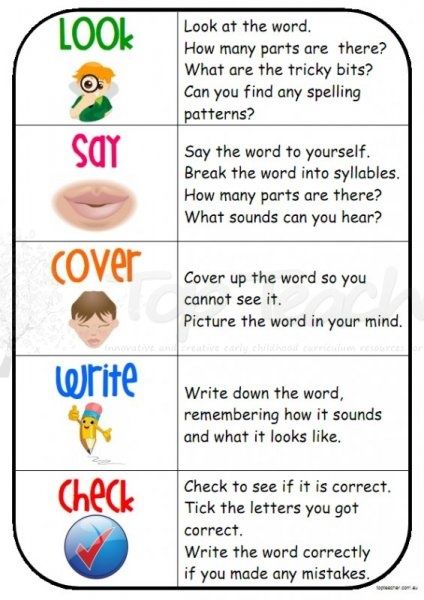 I would usually pick one or two words from a page of writing for them to focus on in an early morning activity, or to write out three times to try and remember. Something quick that they could do right away.
I would usually pick one or two words from a page of writing for them to focus on in an early morning activity, or to write out three times to try and remember. Something quick that they could do right away.
Of course, there are times when you might want to correct most of their spellings – if they’re producing a ‘best’ copy up of a letter to their Gran, or sending off their work for a competition, or something like that! Just think of how to approach it so you don’t ruin confidence. Explain how proud and impressed you are by the complex and exciting language they’ve used, and talk them through why you’re going to help them with their spellings.
It’s tempting, but try to just pick a few to correct at a timeConsider Handwriting
There has been numerous studies into whether joined handwriting helps children with their spellings and you can argue either way. After A LOT of research I think I fell on the side that claims joining handwriting helps spelling, for numerous reasons that I won’t delve into.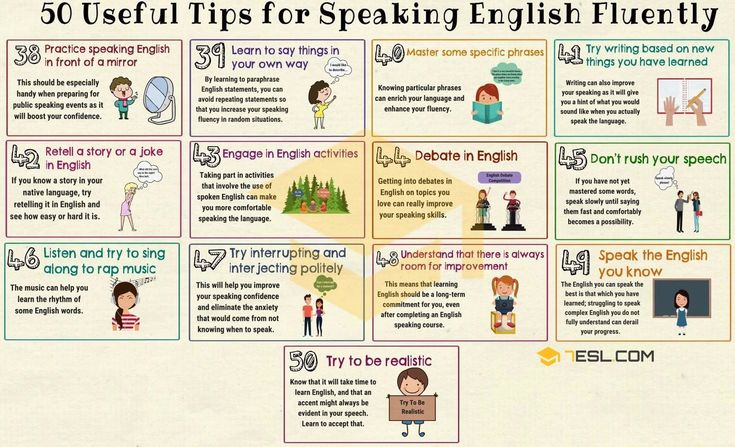 I expect it is more of a case of it suits some children better and not others, as is so often true. It is worth considering if your child is really struggling.
I expect it is more of a case of it suits some children better and not others, as is so often true. It is worth considering if your child is really struggling.
Capital Letters Are Different!
For children who are really struggling with their spellings, modern technology can work wonders. Apps and games on the keyboard are fun and interactive, but keep in mind that a lot of keypads use capital letters, which won’t always help a child that can’t easily interchange the two. Muscle memory
Treat Them As Individuals
Try your hardest not to compare your child’s progress to Matilda next door who can spell every word in the English dictionary. I know so many children who struggled with spellings in Year 2 and were spelling with no problem at all by Year 6. I also know children who were still hopeless at spelling in Year 8 but were writing the most incredible creative stories. Every child progresses differently. That’s ok.
Your child will enjoy spelling so much more if it goes hand in hand with lots of genuine praise.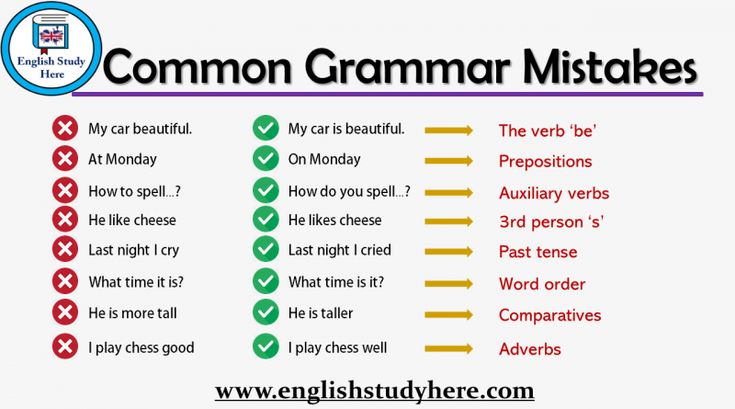 Be thrilled by your child’s achievements, however big or small. Sometimes just getting them to sit at a desk with a pencil in hand is a massive step forward. Try to treat them as an individual, and when they try hard or make progress for them then let them know you’ve noticed.
Be thrilled by your child’s achievements, however big or small. Sometimes just getting them to sit at a desk with a pencil in hand is a massive step forward. Try to treat them as an individual, and when they try hard or make progress for them then let them know you’ve noticed.
Comment below to let me know all the spelling mistakes I’ve made. Be nice though – English spellings are tricky!
How to practice the correct spelling of words with children
1000
0
Vocabulary dictation, spelling, tests - these words give the students goosebumps. How can you help students remember all these words?
It's no secret that children love to play, and what they learn with pleasure remains in their memory for life. So where to start? The first, and most important, is to abandon the boring, monotonous rewriting of words. How then to teach? Fun, interesting and interactive!
1.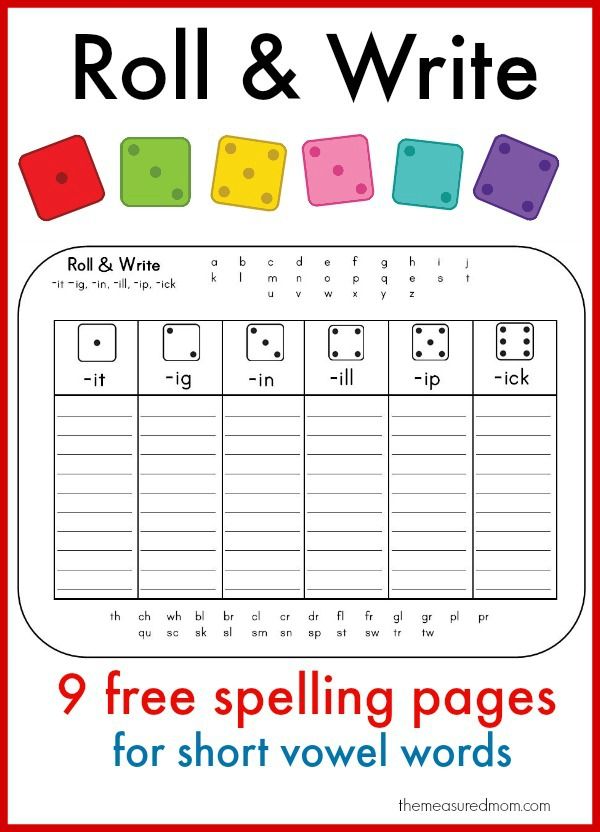 Adapt your favorite games. Tic-tac-toe and the gallows will impress any child. And the spirit of competition will only spur the desire to learn words. If the group is quite large, we divide the students into 2 parts. One thinks of a word, the other writes it. Managed - earned the right to put a cross. No. The move goes to the opponents. And then they definitely will not miss their chance!
Adapt your favorite games. Tic-tac-toe and the gallows will impress any child. And the spirit of competition will only spur the desire to learn words. If the group is quite large, we divide the students into 2 parts. One thinks of a word, the other writes it. Managed - earned the right to put a cross. No. The move goes to the opponents. And then they definitely will not miss their chance!
2. If you have active students, then Running Dictation 9 is in a hurry to help0012 . We prepare a list of words in advance, glue it in the farthest corner. The task of the students is to copy all the words correctly on the board. Whoever did it first, wins! If there are many students, we divide into teams and rejoice at success. Unlike regular rewriting - it's fun, it's productive, you have to memorize the word, and not just copy it. In general, some pluses.
3. Have you ever heard of Whole Body Writing ? Not? Then we go to you! Modern techniques, especially for children, suggest using as many organs of perception as possible. The essence of this method is that you need to draw a letter with your body, and the rest of the students need to guess this letter. For convenience, we prepare cards in advance with the words passed, the student chooses one, and with the help of his body “writes” this word. A lot of fun and learned words with a guarantee.
4. Every child wants to be a teacher ! What does it mean? And this means that you need to give him a chance to become a teacher, even if only for 5 minutes. We prepare words with errors and ask the children to correct these errors. Simple but effective.
5. Well, if the soul requires a dictation, then spend it. Not just a dictation, but Silent Dictation …shhh…don’t make a sound! Show students a picture or object and ask them to write a word. The same dictation can be made active, we hang pictures or lay out objects, the task is to sign all the objects. At the initial stage, you can allow peeping.
6. sorting helps to deal with complex letter combinations.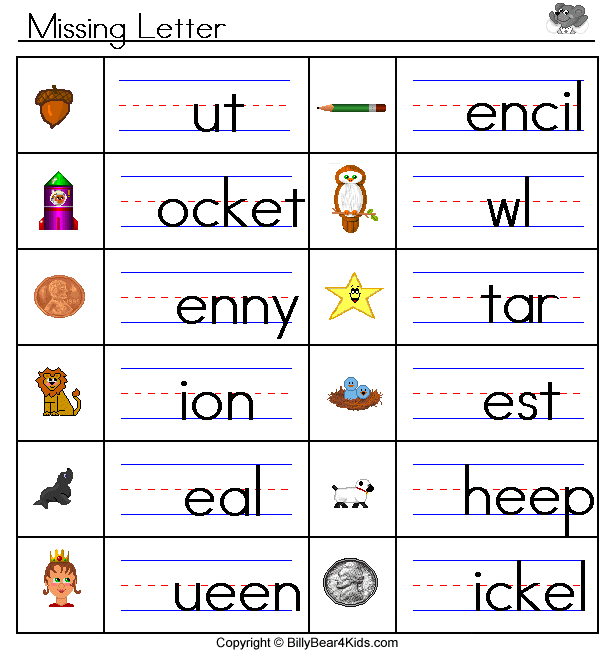 For example, you need to work out the spelling of words with -ee and -ea, prepare a set of cards (a picture, plus words with a gap) and ask the children to insert the necessary letters. By the way, we will immediately solve at least 2 problems. Children will remember the spelling of words and will associate the word with a particular subject.
For example, you need to work out the spelling of words with -ee and -ea, prepare a set of cards (a picture, plus words with a gap) and ask the children to insert the necessary letters. By the way, we will immediately solve at least 2 problems. Children will remember the spelling of words and will associate the word with a particular subject.
7. You must have heard that America is the only country in the world where a spelling contest is held. And we just have to hold the same competition with our students. Spelling Bee Challenge is a great opportunity to practice words and get to know the culture of the country! It can be done individually or in groups. In the allotted time, say 1 minute, you need to correctly spell as many words as possible. Words can be called by the teacher, or other students can. The main thing is to hand out a list of words in advance so that the children can prepare.
8. Another great game that requires minimal training Roll-and-Spell .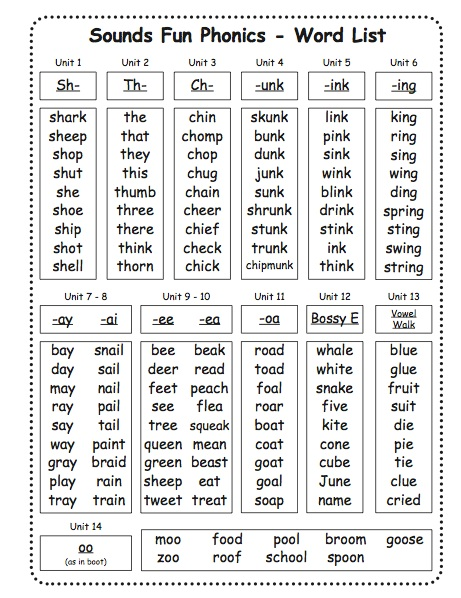 All she needs is a cube and a set of rules. For example, if 1 falls out, you need to write the word with the opposite hand, 2 - write the word with your eyes closed, 3 - write as quickly as possible, 4 - in the most diligent handwriting, 5 - upside down, 6 - with all the colors of the rainbow.
All she needs is a cube and a set of rules. For example, if 1 falls out, you need to write the word with the opposite hand, 2 - write the word with your eyes closed, 3 - write as quickly as possible, 4 - in the most diligent handwriting, 5 - upside down, 6 - with all the colors of the rainbow.
9. What if you play detective and decipher the message recorded by the spy? I'm sure the students will be delighted. We develop a secret cipher, write a message. With the help of logic and deduction, we decipher the message, send it to the headquarters and save the world!!!
Vocabulary dictation, spelling, test - these words can become a favorite for your students! The choice is yours!
Earn with Skyeng
Bookmark
Share link
Funny memos in Russian
We present to your attention funny memos in Russian for 15 spelling, orthoepy and grammar rules.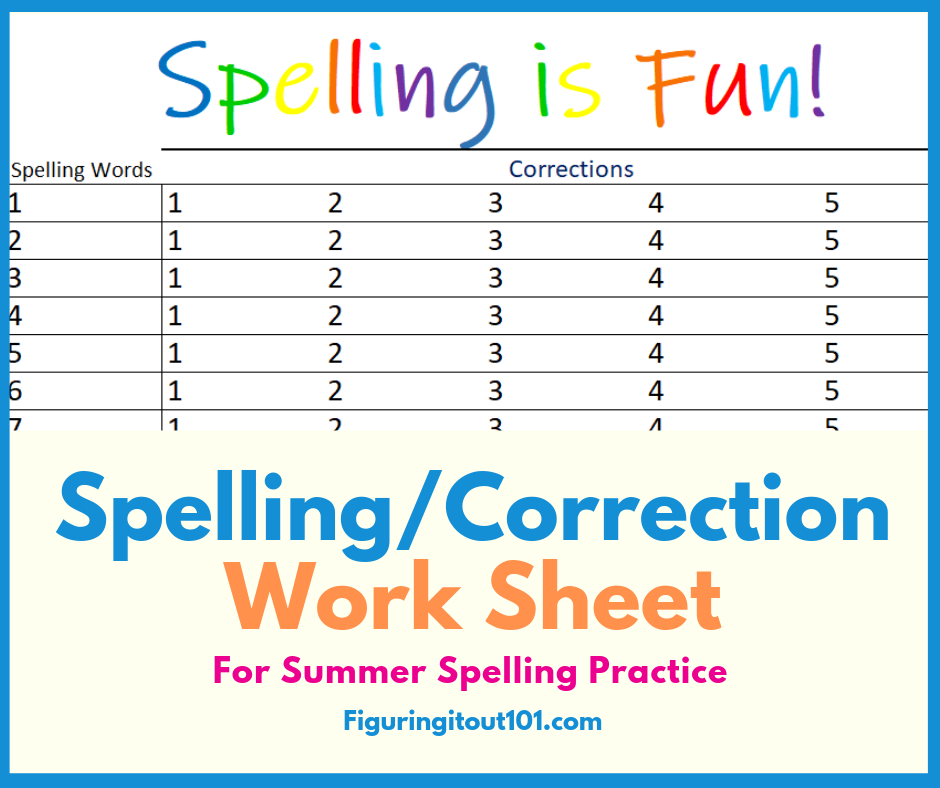
Literate speech, both oral and written, immediately betrays an educated and well-read person. Everyone dreams of speaking and writing without mistakes! Of course, only the owner of rare encyclopedic knowledge can achieve a 100% result. However, making your speech cleaner, not cutting your ear is an easy task: and you should start by avoiding at least the most common mistakes in it.
In this article, prepared specifically for the Day of the Russian Language, we tried to put together a few "popular" difficult cases, which are often stumbled not only by children, but also by quite serious adults - in television programs, films, and the media. And in order to remember the rules even a kid could do, we decided to put them in a poetic form.

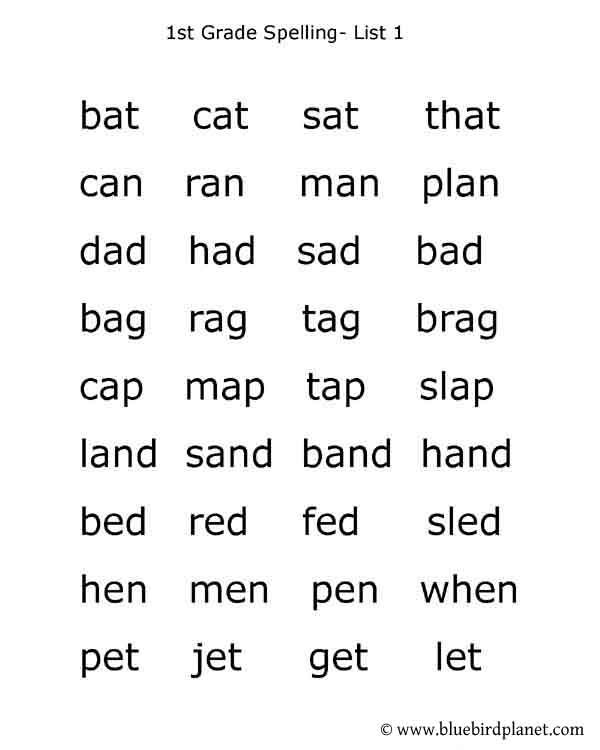
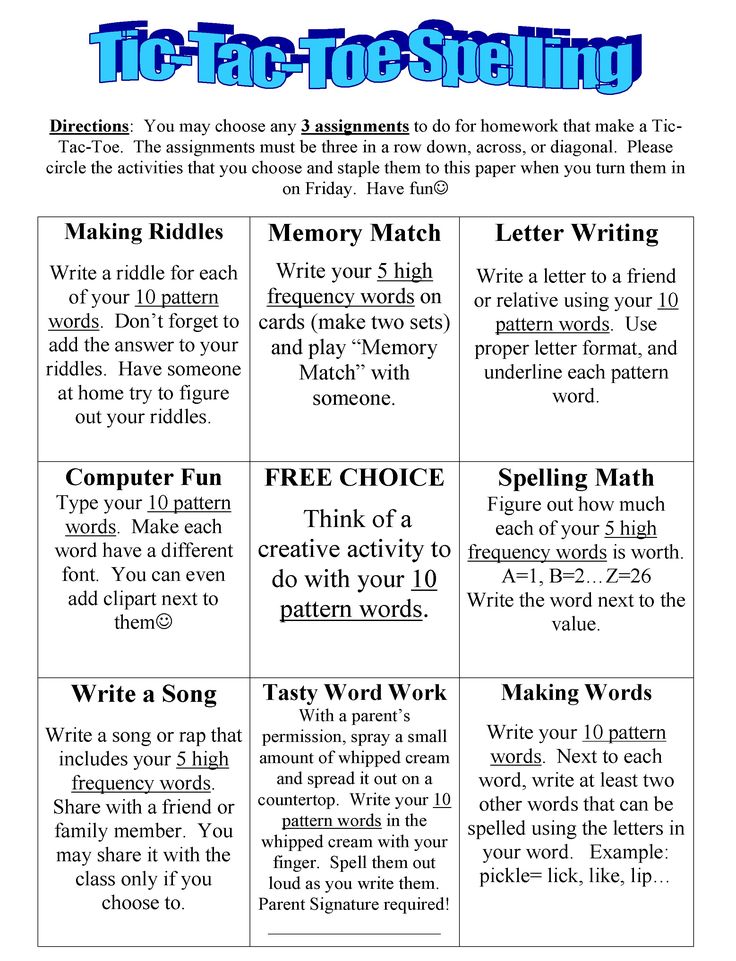 Ageeva)
Ageeva) 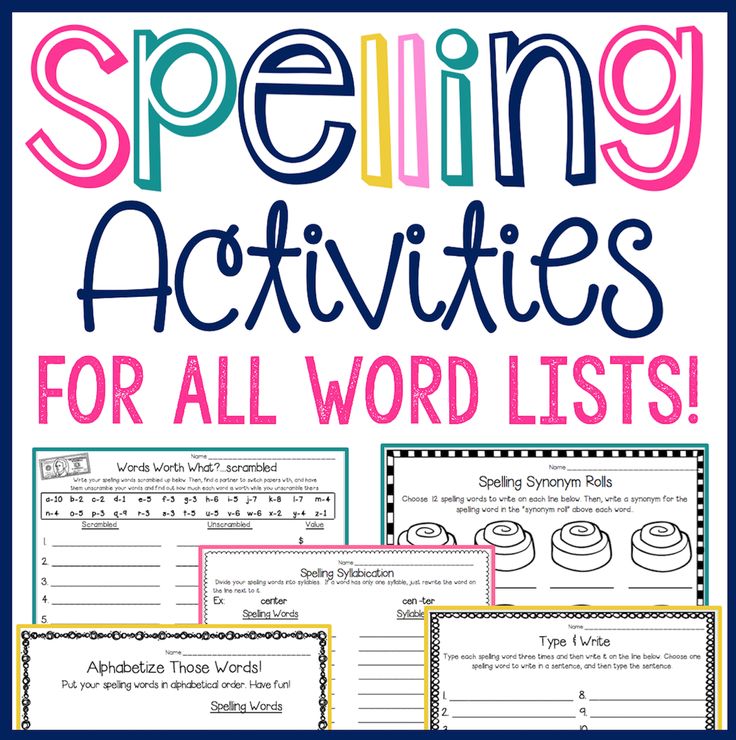 The verb “put” is used without prefixes, and “(to) lay down” - only with prefixes.
The verb “put” is used without prefixes, and “(to) lay down” - only with prefixes. 